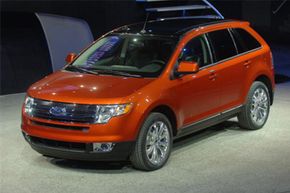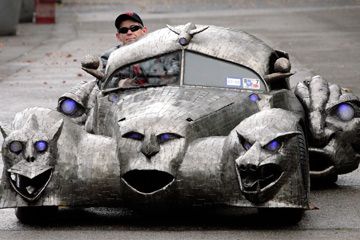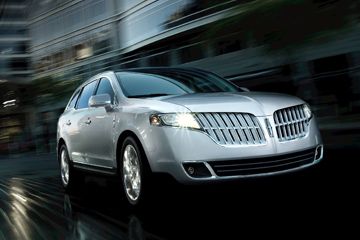Crossover vehicles began their introduction to the United States in the early 1970s. Subaru of America introduced the four-wheel drive DL station wagon to the market in 1975.
Company ads claimed it "climbed like a goat, worked like a horse and ate like a bird." Yet there is no mention of it being a crossover vehicle despite meeting the basic criteria.
The AMC Eagle
The next major player in the market was the AMC Eagle. In the early 1970s AMC paired with Jeep. As AMC sales flagged the company began blending elements of the two companies to boost sales and revive the badge. Their first experiment was taking an AMC Concord and equipping it with a Jeep driveline under chief engineer Roy Lunn's guidance.
The body was lifted by four inches to accommodate a transfer case and the wheel wells were opened to make room for larger tires. The idea, though not fully formed, was refined into the AMC Eagle [source: Ligo].
Surviving Eagles look like the "early man" version of a CUV, sort of a missing link of the car world. The vehicles worked well and sold well and pushed AMC sales up for several more years before changes in the market, namely new players in the nascent niche crossover market, put AMC out of business.
A New Segment is Born
Still the term crossover was not in specific use, at least as we understand its use today for marketing purposes. But it is this loose blending of perception and word choice that makes finding who coined the term "crossover" so difficult.
By the late 1980s more vehicles aligned with the basic definition of crossover began hitting the market. By the 1990s these vehicles were taking a growing share of the SUV market, reaching an estimated 50 percent by 2006.
Many companies, including Subaru, began defining their cars as having "all-wheel drive" and "off-road capability," as well as "rugged utility" in advertising to set their cars apart from the station wagon market.



